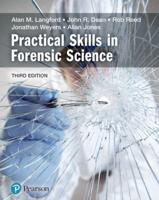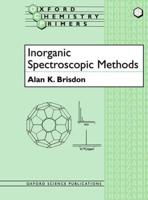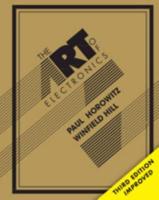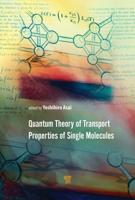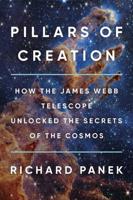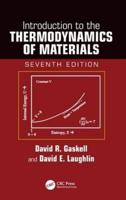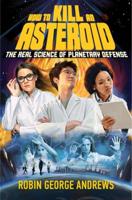Publisher's Synopsis
The light of the sun - the source of life and a god in ancient times - was always associated with warmth or even burning heat. When man learnt to tame fire, he had another source of light, which was also hot. All the more puzzling for the amazed observer has been the dance of fireflies glimmering in the dark. How can an animal emit light? Or what about the faint glow of walls in some pre- historic tombs due to luminescent bacteria? This sort of "cold light" is known today as chemiluminescence. A related phenomenon is the aurora borealis with its swiftly moving curtains oflight. This is a special sort of electroluminescence, of "cold light". another kind The basis of "hot light" is the thermal generation of electronically excited states (normally of atoms or ions). The source of "cold light", on the other hand, is the chemical or electrochemical generation of excited states, possible also for larger molecules. By using light instead of chemical or electrical energy, we can generate yet another type of "cold light", the ordinary luminescence: fluo- rescence or phosphorescence. The possibilities here have increased enormously because we can color-tune the exciting light and gain specificity, and we can modulate it in time or even in polarization opening new dimensions of research and applications.

